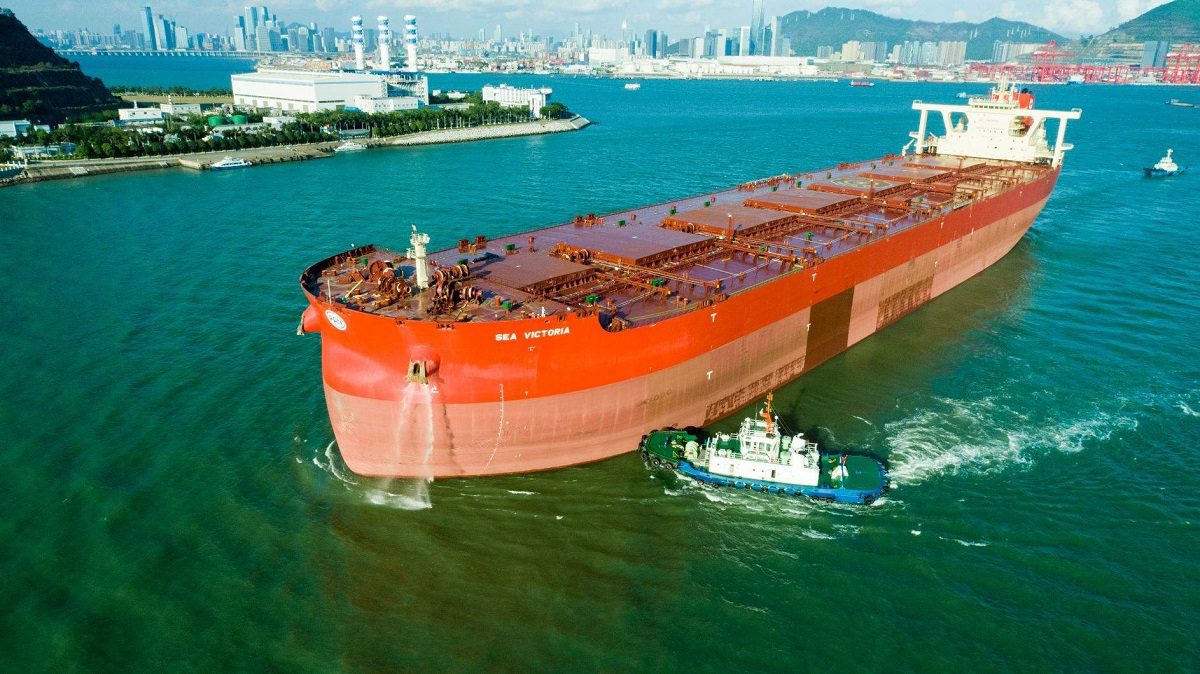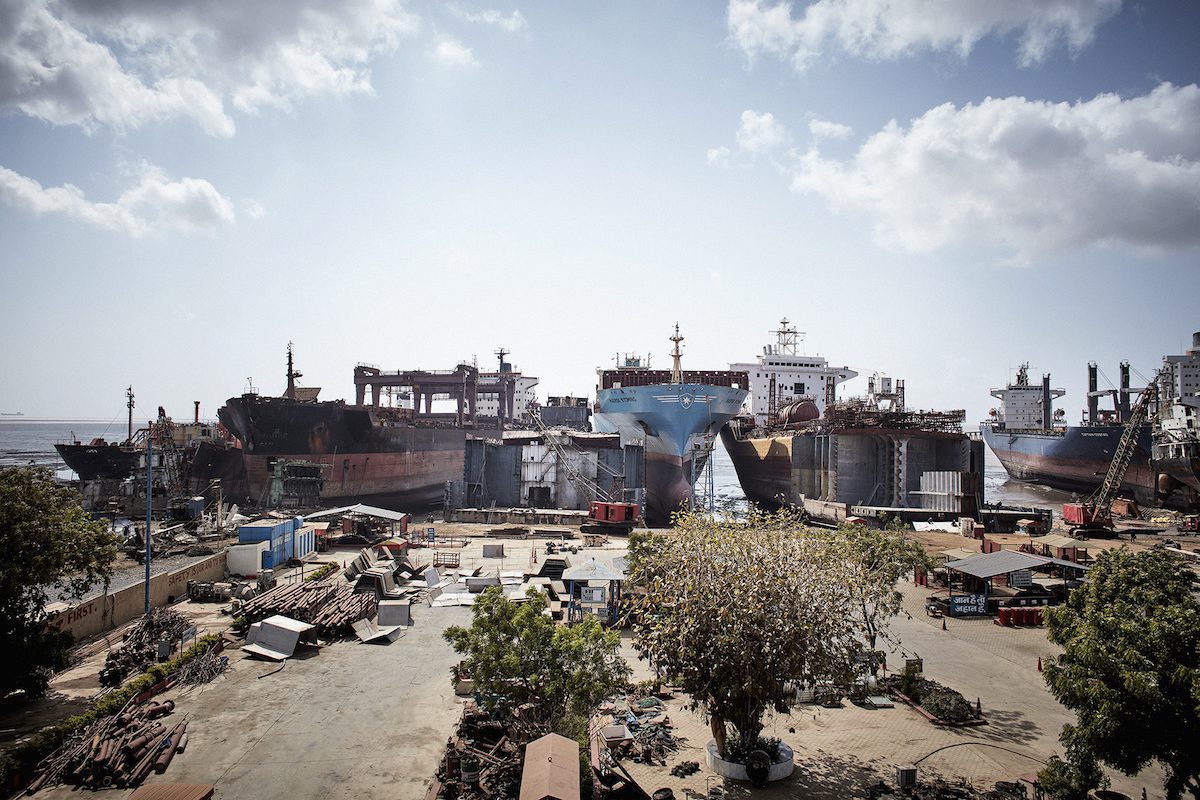By Mariana Durao (Bloomberg) Tiny bubbles are the latest hope for bringing down fuel costs and emissions along the more than 13,000-nautical mile journey from Brazilian iron ore mines to steel mills in China.
Vale SA, the world’s second-largest shipper of iron ore, is testing a technique in which compressors send air to devices under vessels, forming a carpet of bubbles that reduces friction between the hull and the water. The first ore carrier equipped with the air lubrication system is scheduled to arrive in Brazilian waters in August, en route from China.
Also Read: NYK Finds Air Bubbles Significantly Reduce Ship Resistance [REPORT]
The Rio de Janeiro-based company, whose mines are much further from Asian mills than those in Australia, is looking to bring down costs and close a trading discount with its main rivals, Rio Tinto Group and BHP Group. At the same time, it’s stepping up environmental, social and governance efforts after recent tailings dam disasters and as the world tries to cut global-warming gases. Vale’s maritime ore transport churns out 18 million tons of carbon emissions a year.
Designed by UK-based Silverstream Technologies, the air lubrication system is expected to reduce fuel use by at least 5-8%, with a potential reduction in emissions of 4.4%, or 860,000 tons of CO2 per vessel, said Rodrigo Bermelho, technical manager of shipping at Vale.
Installation of the system in the first ship in China took 35 days and cost Vale $5 million. If testing is successful, the company may install air lubrication in its entire contracted fleet, possibly sharing costs with owners.
As part of its commitment to the International Maritime Organization’s emission goals, Vale is also testing rotating sail technology in its large vessels as well as a multi-fuel tank that could store and use liquefied natural gas, methanol and ammonia as alternative marine fuels.
“Shipping accounts for approximately half of our costs from mine to client,” Bermelho said. “It is a strategic link in our chain.”
By Mariana Durao © 2021 Bloomberg L.P.

 Join The Club
Join The Club











